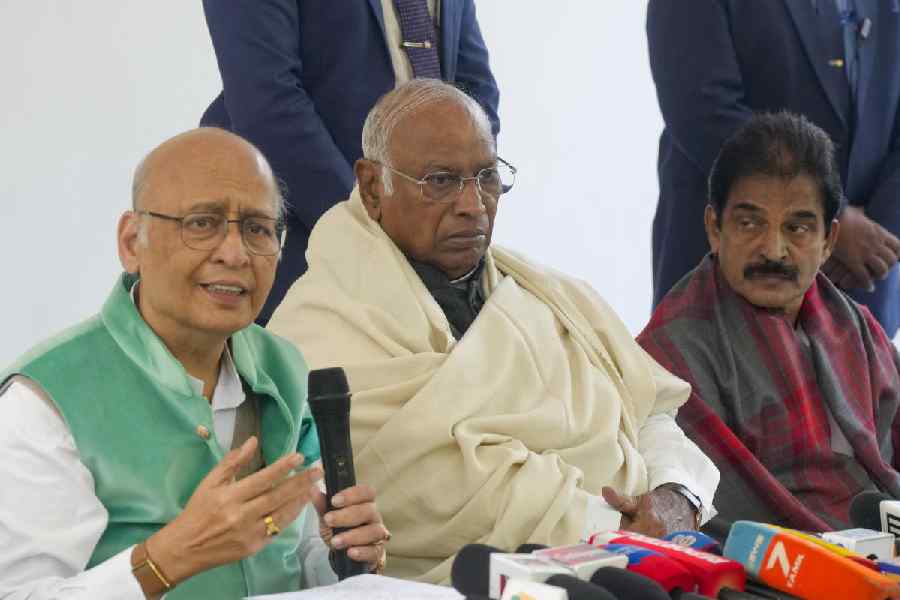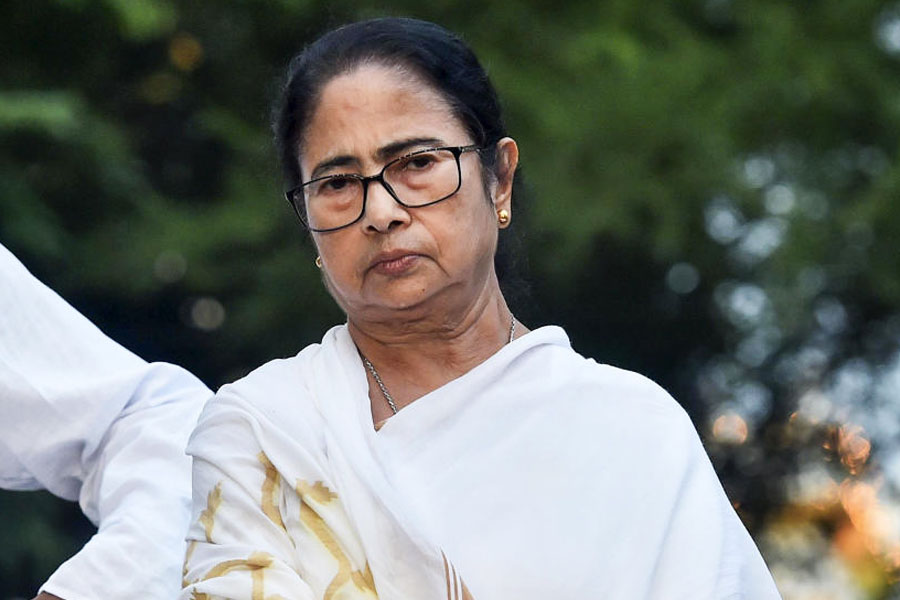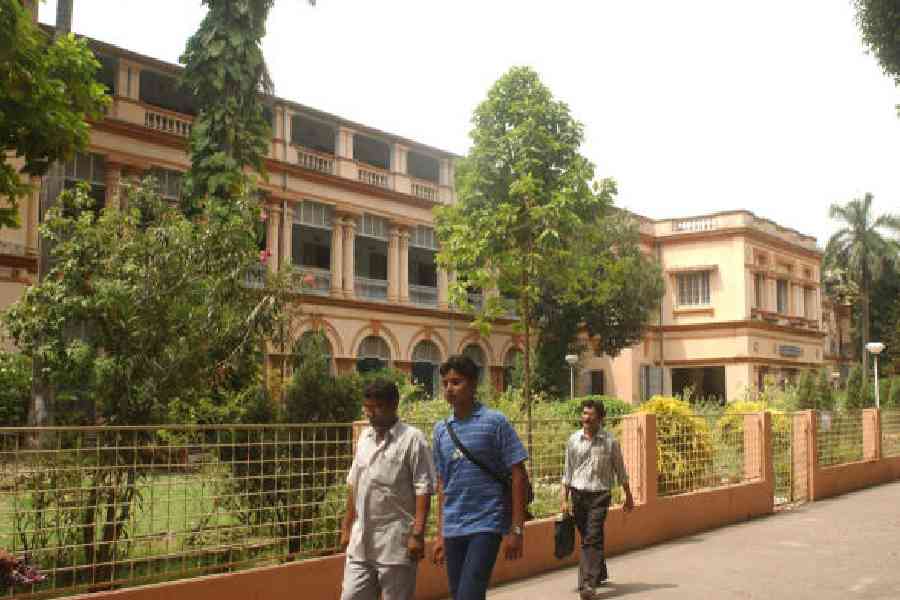 |
The 40-something woman in her trendy capris and the 24-year-old labourer from a Delhi resettlement colony are standing in the crowd, rubbing shoulders. Wearing similar T-shirts — with the slogan “I am Anna” emblazoned on it — they are waiting for a little man who’s shaken the nation.
From a distance, they see him coming. He is dressed in spotless white, with his Gandhi cap atop his head, and a smile that spreads across his rotund face. He takes the mike and the crowd, waiting to greet him, turns euphoric.
Anna has arrived. Or, as some marketing gurus exult, Brand Anna has arrived.
Kisan Baburao Hazare, the 73-year-old activist from Ralegan Siddhi, Maharashtra, isn’t just any old campaigner on a fast against graft. The crowds and support he has been drawing set him apart from other activists. The reason for that, clearly, is the issue he addresses. Corruption, after all, is a pan-Indian concern.
“His USP is his anti-corruption stance which cuts across caste, creed, gender, religion and class,” explains ad guru Alyque Padamsee. “And with that a brand has been created overnight.”
Consultant and columnist Suhel Seth believes that a lot of planning has gone into “effectively strategising” him as a brand. “The brand has been positioned well, marketed thoroughly and has a definite perspective.”
It got a boost when the government bungled, in first pushing him into jail and then pleading with him to get out of it. But Hazare, observers note, had an ace up his sleeve. The prison — in this case, Tihar in Delhi — was a symbol of all that the Gandhian sought to represent, a struggle against the establishment that has been turning down the anti-corruption Jan Lokpal Bill proposed by Hazare and his team.
 |
| Gandhi cap ► Honesty |
| White hair and thick-framed spectacles ► Wisdom |
| Toothless grin ► Innocence |
| White khadi attire ► Simplicity |
| Small build ► Non-threatening |
“He sat on fast a day after the Independence Day. His visit to Rajghat left an indelible impression on people’s mind,” says Padamsee. “His detention was compared with the jail bharo andolan of our freedom fighters. Going to jail is the best way for an activist to turn into a brand.”
For Hazare, though, it has been a long journey from an obscure little village — which he turned from dry land to a green oasis — to the limelight in Lutyens’s Delhi. His potential was first spotted by Right to Information (RTI) activist Arvind Kejriwal. He came to know of Hazare’s ability to draw crowds during the latter’s 13-day fast in Alandi near Pune in 2006 against the Centre’s decision to exclude government file notes from the purview of the RTI Act. Soon the two had joined hands with senior lawyer and former minister Shanti Bhushan, who had first introduced the Lokpal Bill in the Lok Sabha in 1968.
After brand identification, began the packaging and marketing. “There are many people in their team, yet it was Hazare who was chosen as its face because of his austere image,” says Padamsee. Even the name Anna — or elder brother — had an impact on the people. It is pithy and adapts well to headlines. Occasionally, even Hazare speaks of himself in the third person. “Anna will not compromise,” he says.
The man who knows little about technology is now the buzzword in the new media. The handle of Jan Lokpal on the micro-blogging site Twitter has 52, 000 followers and Kejriwal’s India Against Corruption (IAC) has 3,72,757 “likes” on its Facebook page. When IAC floated a telephone number and asked people to ring and hang up to express solidarity with Anna, it received some 1.3 crore “missed calls” by August 15.
“We have dedicated volunteers to update social networking websites,” says Bhavana Upadhyaya, media co-ordinator with the Chennai chapter of IAC. “We have tied up with college union leaders to convey our message to the youth and have sent out bulk SMSes to win their solidarity,” she says.
The funds to position the brand came through Magsaysay awardee Kejriwal’s Public Cause Research Foundation (PCRF). The organisation set up IAC as a sister concern earlier this year. All donations for IAC are accepted through PCRF and it has several chapters across the country.
“He is the man for the moment,” says social scientist Dipankar Gupta. Gupta believes that Jaya Prakash Narayan’s movement of the Seventies — which rattled the Congress government at the Centre — did not have the mass appeal that Hazare’s struggle has evoked. “The JP movement reached only a few pockets of India unlike this one which has touched each and every Indian,” he says.
Not surprisingly, enterprising quarters are making the most of the mass appeal. From caps to T-shirts and even rakhis, brand Anna has given entrepreneurs a reason to cheer.
“Our tees stand for ‘India-on-a-t-shirt’. Isn’t Anna about India?” asks Vimal Mariwala, in-charge, operations and sales, Tantra, a popular youth T-shirt brand. Manoj Vijay Kumar, owner of online portal X-tees, says they have been “flooded” with queries for ‘Anna’ T-shirts. “It started in April soon after Hazare’s fast in Delhi and continued all through these months.” Another merchandise portal, Inkfruit.Com, has already sold around 10,000 Anna T-shirts.
Anna’s timing too was perfect — appearing as he did when corruption was at its peak, as was the middle class’s frustrations. When ministers and businessmen were being exposed for graft, Anna Hazare arrived with his simple clothes and a sacrificial mission. “India always had a soft corner for anyone who showcases a degree of austerity,” says social scientist Ashis Nandy. “We’re at a stage where we don’t trust politicians, so embracing an apolitical person was the obvious choice.”
Of course, it helped that Hazare’s surroundings were in the heart of Delhi — where news cameras are focused. Delhi isn’t Manipur, where Irom Sharmila Chanu has been fasting for close to 11 years, demanding the repeal of the Armed Forces Special Powers Act. “I wonder if Anna would have got the same publicity if he was fasting in Manipur,” says her brother Irom Singhajit.
The electronic media’s focus on Hazare has been assessed by Esha News Service, a Mumbai-based broadcast monitoring and analysis service. The total advertising value of TV coverage given to Hazare’s fast from April 3 to 11 was Rs 175.86 crore, it says.
Staying focused too has helped, say brand managers. “With some brands you can leverage and with some you can not. Baba Ramdev falls in the latter category. He may be a big yoga brand but the moment he shifted focus, he floundered,” says Manish Porwal, managing director, Alchemist Talent Solutions, a celebrity management firm in Mumbai.
“He is a successful social brand and can’t be diversified,” adds Porwal. His advice to Hazare for optimum brand value is to “never start tweeting”.
But Seth has the last word. “In simple words, Hazare has repositioned himself as Mahatma Gandhi version 2.0,” he says.
Fast forward
Some prominent hunger strikes in Independent India
■ Potti Sriramulu
Demand: A separate Andhra Province
Hunger strike: Oct 19-Dec 15, 1952 (died)
Result: The formation of state of Andhra was accepted a day after his death
■ Fateh Singh
Demand: Separate Punjabi suba
Hunger Strike: Dec 18, 1960-Jan 9, 1961 (went on another fast in 1965)
Result: Punjab became a state in 1965
 |
■ Irom Sharmila Chanu
Demand: Repeal of Armed Forces Special Powers Act in the North-east
Hunger strike: Nov 2, 2000- continuing (being force-fed)
Result: AFSPA continues
 |
■ K. Chandrasekhara Rao
Demand: Separate state of Telangana
Hunger Strike: Nov 30-Dec 9, 2009
Result: Setting up of Krishna Commission announced
 |
■ Swami Nigamananda
Demand: Stopping of illegal quarrying in the Ganga near Haridwar
Hunger Strike: Feb 19-Apr 27, 2011 (went into a coma and died on June 13)
Result: Illegal quarrying continues
 |
■ Baba Ramdev
Demand: Recover black money stashed abroad
Hunger Strike: June 4-12, 2011
Result: Government promises action










